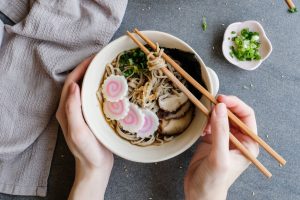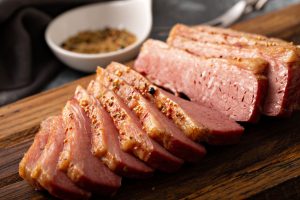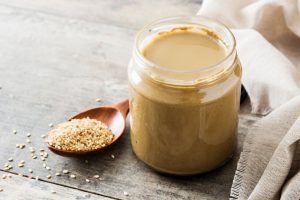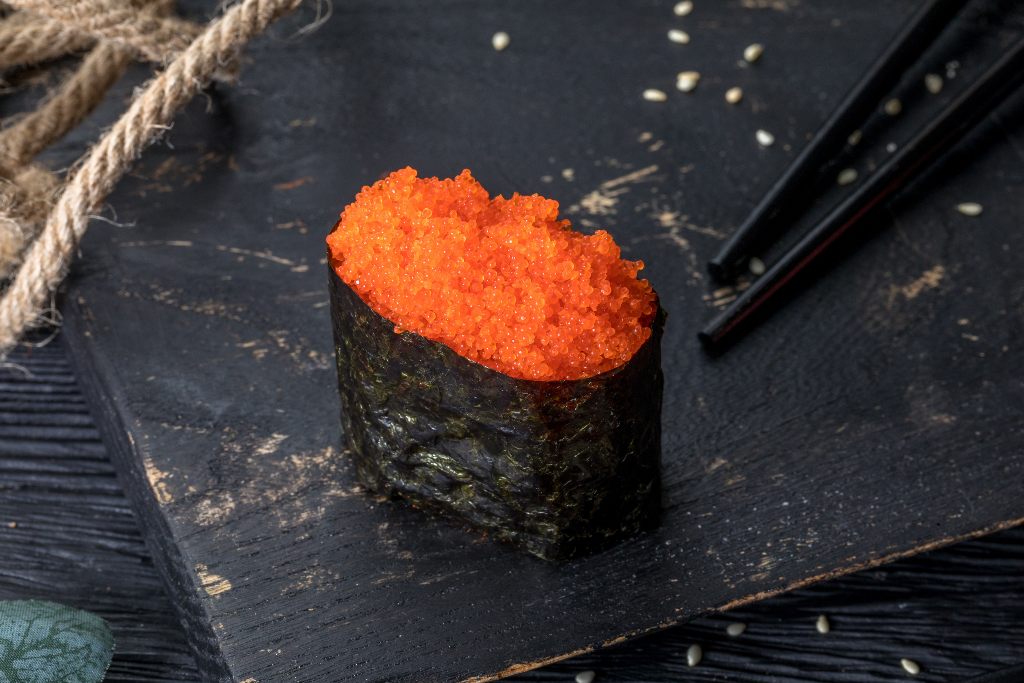
Masago is a popular seafood ingredient used in Japanese cuisine. It’s the component that gives color to the popular orange sushi roll known as California maki. Besides that, it’s also used as a topping for certain kinds of nigiri sushi. But what is this sushi ingredient, exactly?
Interested to learn more about it? Keep on reading and discover everything starting from how masago is sourced, to the different ways of serving capelin roe on your dinner table!
What Is Masago?
Masago is the fully-ripened roe or fish eggs of capelin (Mallotus villosus), a species of small fish called smelt. Sometimes sold in Japan as shishamo, this small forage fish is actually native to the North Atlantic, North Pacific, and Arctic oceans. They serve as food to larger cold water predators like the Atlantic cod. Apart from masago production, capelin is mainly used to produce fish meal and oil.
Masago is one of the most popular and accessible of all fish eggs used on sushi. Its natural color is pale yellow, though you’d often find it dyed with a more appetizing bright orange color. Some varieties may also be processed to have a green, black, or red color.
What Does Masago Taste Like?
As you would expect, masago has a very seafood-forward flavor. Specifically, this fish roe offers a unique combo of saltiness and sweetness that is tied together with a mellow citrusy taste. Although, some restaurants may pair it with wasabi, ginger, or even squid ink for a more complex flavor experience.
In terms of texture, this smelt roe is only slightly crunchy. Individual pieces are also quite small in diameter, so they don’t really lend a bursting sensation when eaten. This is unlike bigger fish roe kinds like caviar and those used in salmon egg sushi.
READ ALSO: The Debate Between Fish And Meat – Is Fish Meat?
Common Uses of Masago
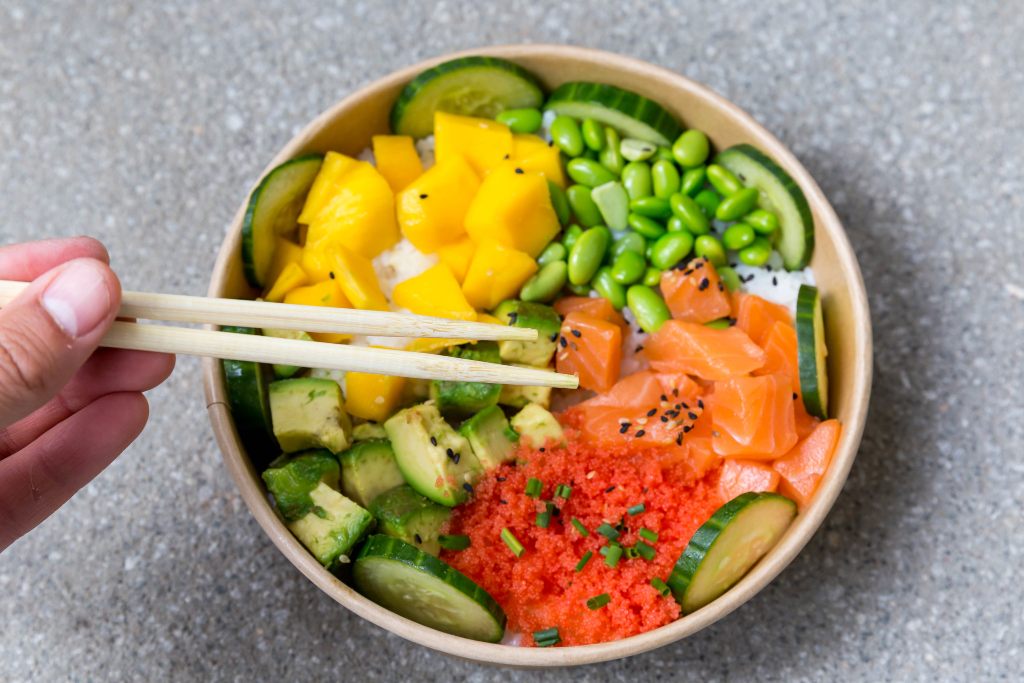
Marco Verch | Flickr
Generally speaking, capelin roe has many uses within and beyond Asian and Japanese cuisine. But among everything else, it might be most well-known as a topping for masago sushi dishes like masago nigiri and even certain maki sushi rolls. Flavor-wise, this fish egg further heightens the seafood quality of this vinegared rice dish with its briny and slightly sweet flavor. Even rice and fish dishes like Hawaiian poke bowls can be instantly elevated with a spoonful of this smelt roe!
You can also sprinkle masago on top of noodles as one of the more experimental pasta or ramen toppings that you can try. Or, stir it into wasabi, mayo, or light cream to make masago sauce for pasta and more! The other option you have is to serve these fish eggs as an appetizer like caviar, with cheese and fruits on a grazing board.
For something different, you might also want to try spooning them over some crispy and flavorful mahi mahi fish tacos.
Tobiko vs Masago
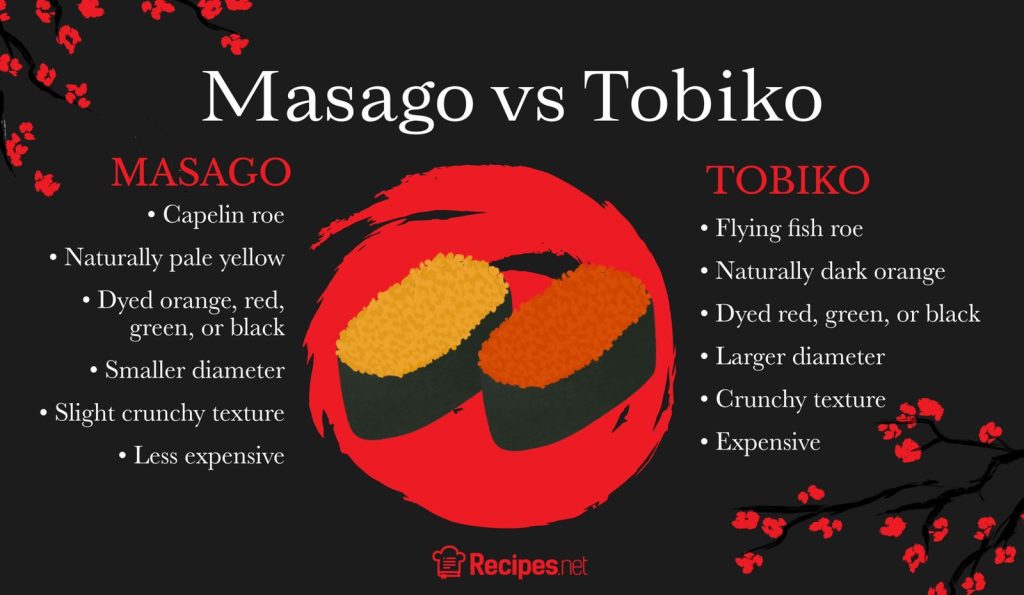
Due to some similarities in appearance and overall flavor, masago is often confused with another kind of sushi roe called tobiko. So, how exactly are they similar and/or different? Keep on reading to find out.
As previously mentioned, masago pertains to matured capelin roe. Naturally, this fish roe has a pale yellow color, but it’s mostly available as orange, red, green, or black in the market. Also, the individual masago eggs themselves are quite small in diameter with a slightly crunchy texture. In terms of price, they are not as expensive as more premium kinds of fish roe. All in all, the salty seafood flavor of this ingredient best shines through in sushi, fish, rice, and noodle dishes.
READ ALSO: What Is Oshinko? Learn All About It and How To Make Oshinko Roll
Meanwhile, tobiko comes from a completely different source, since it is flying fish roe. This ingredient has a natural bright orange color, though red, green, or black varieties are also available. It may look quite similar to masago, but the individual pieces of tobiko have larger diameters overall. They have a similar flavor, but tobiko offers a crunchier bite. Also, tobiko sushi is often more expensive than other fish egg sushi types as tobiko is already quite pricey on its own. You’d often find this salty fish roe in sushi, sashimi, and other seafood dishes—where masago could be a good cheaper alternative.
Nutritional Value of Masago
Apart from the unique flavor experience that you’d get from the smelt roe, you’d also be getting your fill of some essential vitamins and minerals with a serving of masago. So in this section, we’ll be exploring some surprising fish egg benefits.
When you think about the health benefits that are often associated with fish, in particular, one might immediately come to mind: Omega fatty acids or Omega-3. These heart-healthy fats are also present in masago. Hence, these fish eggs can be helpful in keeping heart problems away like coronary artery disease and other similar illnesses. So this ingredient won’t be a problem for people observing a low cholesterol diet either.
Apart from that, masago is also packed with amino acids—the building blocks of protein. It carries an essential trace mineral called “selenium vitamin” as well, which is great for your metabolism and overall health. Also present in this ingredient are vitamin D and B12, which are both essential in supporting and keeping the immune system in check. Finally, capelin roe carries magnesium, which is vital for energy production.
On top of everything that has been mentioned already, masago has low calories and mercury levels. Although, you do have to be careful not to have excessive amounts of this fish roe, as it has a high sodium content.
Potential Risks of Eating Masago
Before tossing masago into your homemade sushi, rice bowls, and other recipes, there are a few things that you should know. The first one is its potential health risks. This fish egg can cause severe allergic reactions, even to those with no history of seafood or shellfish allergies. Hence, you should always take special precautions before having fish roe for yourself or serving it at a party.
And although it boasts several good nutrients, it also contains ingredients which may be harmful in excessive amounts—such as monosodium glutamate (MSG), and salt from additives like soy sauce. All things considered, it’s best to follow the standard serving size for masago.
READ ALSO: 15 Best Soy Sauce Options for Your Pantry: 2021 Edition
Besides having potential effects on health, some people also find issues surrounding masago production. In particular, the problem stems from the way fishing methods for capturing capelin are targeted towards females. Some fear that this could ultimately lead to a decline in the overall population of this fish breed. More than that, this may also have a domino effect on other animals that rely on these forage fishes as food. So before making your purchase, check the labels to make sure you only buy sustainably-sourced ones.
Where to Buy Masago
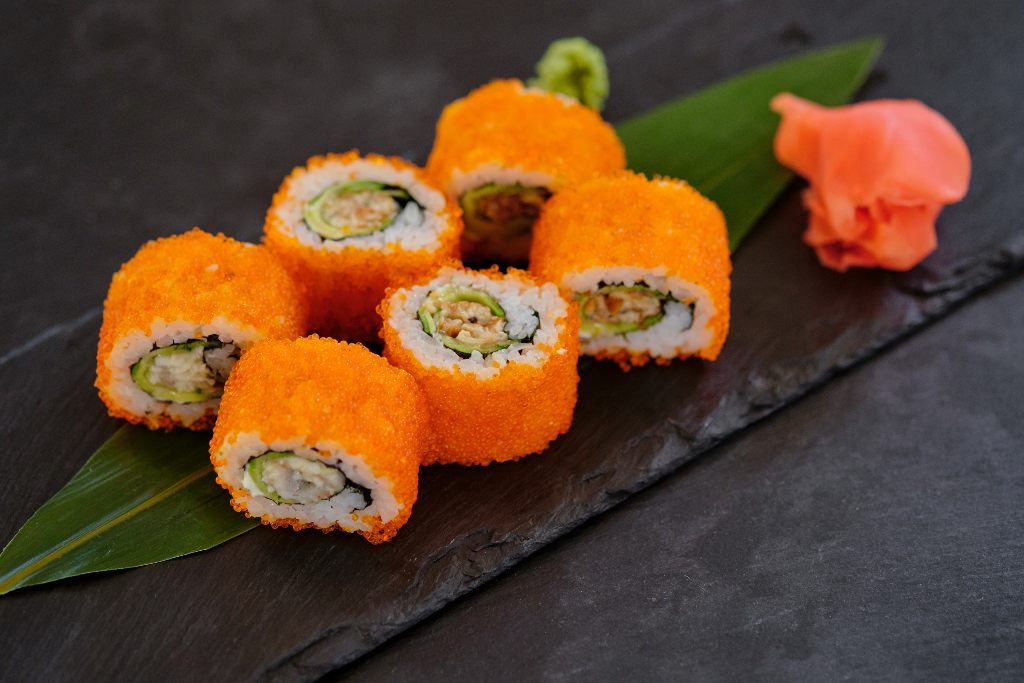
As stated in the previous sections, masago is a great cheaper alternative to expensive roe like tobiko. Despite this though, it still isn’t a product you can simply pick up at stores whenever you need it.
Typically, you’ll have the most luck finding this sushi ingredient in specialty Japanese food shops near you. Some high-end grocery establishments may also carry this product, especially those with a wide selection of international goods. However, if you’re still unable to get your hands on masago then you can try checking in online shops.
How to Store Masago
To store fresh masago, you have two options: either refrigerate for immediate use or freeze for the long term. For the first method, keep the fish roe in the product’s original container and store them in the refrigerator for up to five days. This is the best option if you’ll be using the capelin roe straight away since you won’t have to thaw them out anymore.
However, if you don’t see yourself using the fish roe within that particular time frame, we encourage opting for the second method instead. Through freezing the roe, they can stay good for up to six months. Before using them, make sure to take out the fish eggs ahead for them to thaw on time.
Masago Is More Than Just a Sushi Ingredient
Now you know that you can incorporate capelin roe in many other dishes besides sushi. Aside from offering depth in terms of flavor and texture, masago is also loaded with essential nutrients. Just make sure to use just the right amount and take special precautions for allergies, and you’re all set to cook incredible masago dishes!
Was this page helpful?
Read Next: What Is Capicola? (Plus Recipes to Try!)
